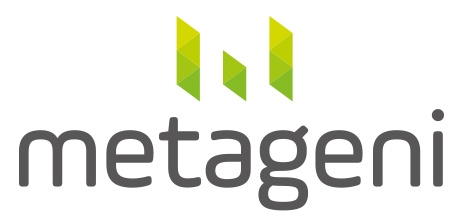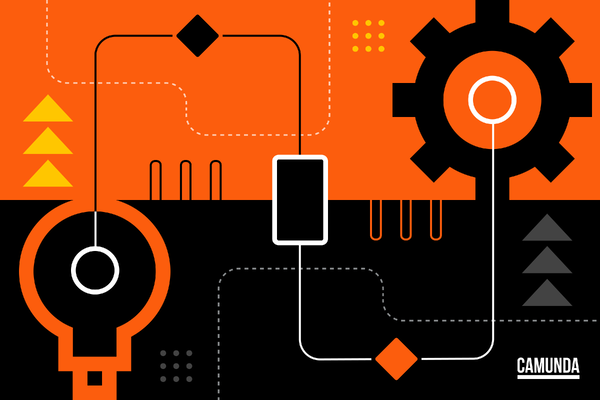We’re all data driven digital marketers now
Sponsored by Metageni
Within the past year, there has been a growing realisation that digital, social and technology innovation are the primary means for acquiring and retaining customers. The divide between traditional and digital marketing remains, and has become starker – fuelled through the growth of the e-commerce sector, borne out of survival and boosted by the newly adopted buying habits, with changing customer behavior driven by the pandemic.
Those who were frequent online shoppers already continued with even greater intensity. However, the sector gained a new segment: those who rarely if ever shopped online, but were forced to change their habits out of necessity. The optimisation of e-commerce marketing channels became key to marketing effectiveness.
So what do companies who still have a large traditional marketing portfolio need to think about?
Traditional versus digital marketing
Communication with customers has evolved over the past 20 years with the huge cultural shifts of social media and mobile marketing. The communication shifted from “one-to-many” to “one-to-one”, with a much more targeted approach to customers’ needs, actions and wants. The approach was also influenced by recent transformational events, such as the worldwide pandemic.
According to a McKinsey report (June, 2020), these consumer behaviour changes are here to stay with the major shift towards e-commerce and trusted brands. Working from home and other restrictions are leading to consumers spending a lot of time online for both shopping and entertainment. Thus, the customer journey and user experience will be vital for brands during the recovery period. While traditional marketing is mostly built on raising customer awareness and trying to reach the target segment with TV, print, PR and direct selling, digital marketing focuses on driving engagement and personal connection with the customers.
Traditional marketing analysis is still driven by the creation of target personas with a subjective projection of the ideal customer whom marketers hope to reach with brand messaging. In contrast, the digital approach allows marketers to analyse customer behaviours, communicate with them directly with personalised messaging, collect the feedback online, build closer relationships with customers and consequently make smarter decisions about marketing strategy from these data.
Although this is simple in theory, there are new challenges marketers need to consider such as marketing attribution, tracking issues and walled gardens to consider before even measuring the contribution of each marketing channel. Thus, the demand for measurement was created, which can be successfully managed through AI models and predictive data analytics. The high-pressure competition in digital marketing means you cannot succeed without deep knowledge of your target consumers, and this knowledge can be only accumulated through data analytics.
Intelligent marketing combines traditional and digital
The challenge, then, is to become data-driven and unlock the potential in your own customer data, yet still take advantage of the branding power of traditional marketing. The analytical challenge here is the measurement of online and offline together, for holistic customer journey optimisation. Many businesses investing millions in marketing do not bother to invest in marketing analytics to accurately measure all the touchpoints a customer has gone through, from point A (seeing the brand on Facebook, or on a billboard) to point B (looking for a specific product with a generic search, or favourite brand search) to the final point C (the actual conversion). It leads to inefficient marketing and pressure on the marketing team to manage rising costs.
Better customer analytics helps manage budgets without losing sales. A holistic attribution solution incorporates both econometrics with digital attribution, incorporating social and offline brand marketing as well factors such as seasonal and regional variations. This provides a solution for measuring the customer journey both online and offline, which is crucial, especially where users are constantly using multiple devices, making accurate tracking a challenge. Once you have the initial attribution measurement sorted for marketing effectiveness, the next challenge is how to use the data to increase conversions, retention, ROI and make more intelligent marketing decisions overall.
Predictive customer analytics removes guesswork
The main advantage of using AI/machine learning models is the ability to predict your customer's next action on a case-by-case basis by analysing anonymised first-party customer data. This is far more precise than traditional marketing analysis based on generalised market research reports.
Digital marketing allows you to collect and analyse data about your own consumers and website visitors, but most companies do not fully leverage this valuable data. Analysis of the individual customer journey unlocks a personalised approach to building retention and increasing conversions online. Imagine if you could predict that a customer is more likely to buy if a certain offer is made at a certain time to encourage them further in the sales funnel? Customers can be accurately scored on the likelihood to convert, using machine learning, so that you can identify which segments of customers you can nudge into conversion with targeted marketing.
When marketers can predict who is likely to buy what, they can create highly personalised offers and actions to move the journey forward. This tactical predictive approach naturally complements analysis of which marketing channels and actions drive overall conversion and retention using the same customer data and predictive models.
The headline is, you no longer have to build your marketing strategy on guesswork! Machine learning modeling is here, and can solve the problems with attribution and other data analytics issues leading to low ROI.
That makes sense for customer acquisition, but what about retention?
Predictive data modelling can be applied to customer lifetime value (CLV) and retention. The idea is to combine analysis of the customer journey for repeat buyers, with data on how customer segments buy over an extended period. Marketing effectiveness allows smarter decisions about which campaigns and channels drive customer sales, while CLV allows you to adjust the focus to the most valuable customer segments – loyal customers making regular high-value purchases. Machine learning models also can be used to predict which customer is more likely to purchase again, and CLV values the customer as well as the specific sale, which in turn directs marketing efforts towards these customers.
In conclusion, using predictive customer analytics moves you beyond the limits of traditional marketing analysis, so you can focus on effective optimisation of both traditional and digital marketing. Traditionally focused marketers who do not take advantage of the abundance of digital data risk being left behind with an increasingly wasted budget. Now is the time to put data-driven digital marketing first, with traditional marketing in support, instead of the other way around.

For more information please visit www.metageni.com
Most Viewed
Winston House, 3rd Floor, Units 306-309, 2-4 Dollis Park, London, N3 1HF
23-29 Hendon Lane, London, N3 1RT
020 8349 4363
© 2025, Lyonsdown Limited. Business Reporter® is a registered trademark of Lyonsdown Ltd. VAT registration number: 830519543





